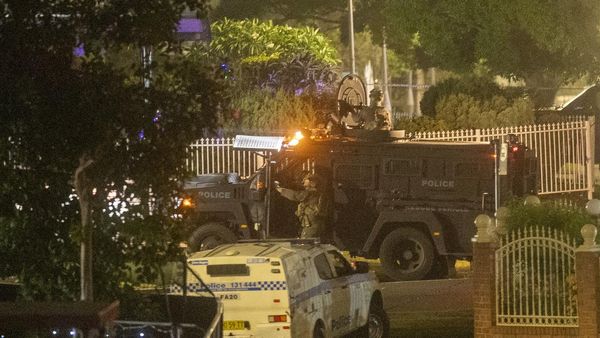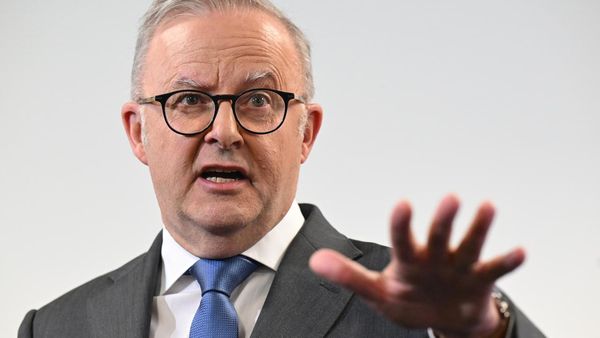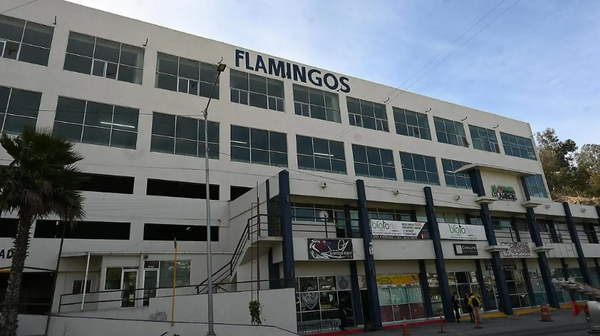
Crocodiles may be shot with rubber bullets as part of a trial to scare them away from inhabited areas under a revised Queensland management plan.
But, unlike the Northern Territory, the state government has ruled out culling the reptiles just weeks after a 16-year-old boy died in a suspected crocodile attack.
Environment Minister Leanne Linard has launched a revised plan to manage Queensland's crocodile population of up to 30,000.
Most of the reptiles are located in the far north with the most southern population found in the Fitzroy River near Rockhampton in central Queensland.

Under the plan, crocodiles may be shot with rubber bullets in a trial on the Fitzroy River in a bid to drive them away from the city following a number of sightings.
A 2.5m crocodile was removed this week after it hung around boat ramps for months and approached vessels for food in Coorooman Creek in the Rockhampton region.
Called "hazing", wildlife officers can use rubber bullets or other techniques such as disturbing the reptile with their boat, to move them upstream away from people.
The revised plan comes less than a month after a four metre crocodile believed to be responsible for a fatal attack on a 16-year-old boy in the far north was euthanised.
"The recent tragic event in the Torres Strait has again highlighted the dangers posed by crocodiles in the wild," Ms Linard said in a statement.
"I acknowledge that the management of crocodiles is an emotive issue, with a wide variety of views within the community."
The NT last month announced it would resume targeted culling for its crocodile population of about 100,000, three times bigger than Queensland.
However, Queensland will not be adopting that approach.
Crocodiles were hunted to the brink of extinction in Queensland until they were protected in 1974.
"Culling to reduce crocodile populations is viewed as unacceptable by large portions of the community along with the tourism industry which profits from tourists being able to observe crocodiles in the wild," the revised draft plan said.
"Large-scale culling would also lead to a false sense of safety."
State MP Nick Dametto, of Katter's Australian Party, called the revised plan a "step in the right direction".
"But, at the same time, it falls well short of what the community expectation here is in north Queensland and that is to reduce crocodile numbers," he told AAP.
The draft plan updates management zones, which are determined by the overall risk to public safety, as well as how problem crocodiles are identified and targeted for removal in each.
Sonar technology that alerts the presence of crocodiles is also set to be used in trials over the next 18 months in high-risk areas.
Public consultation opened on Thursday and closes on June 5, with the new plan set to be implemented later this year.







